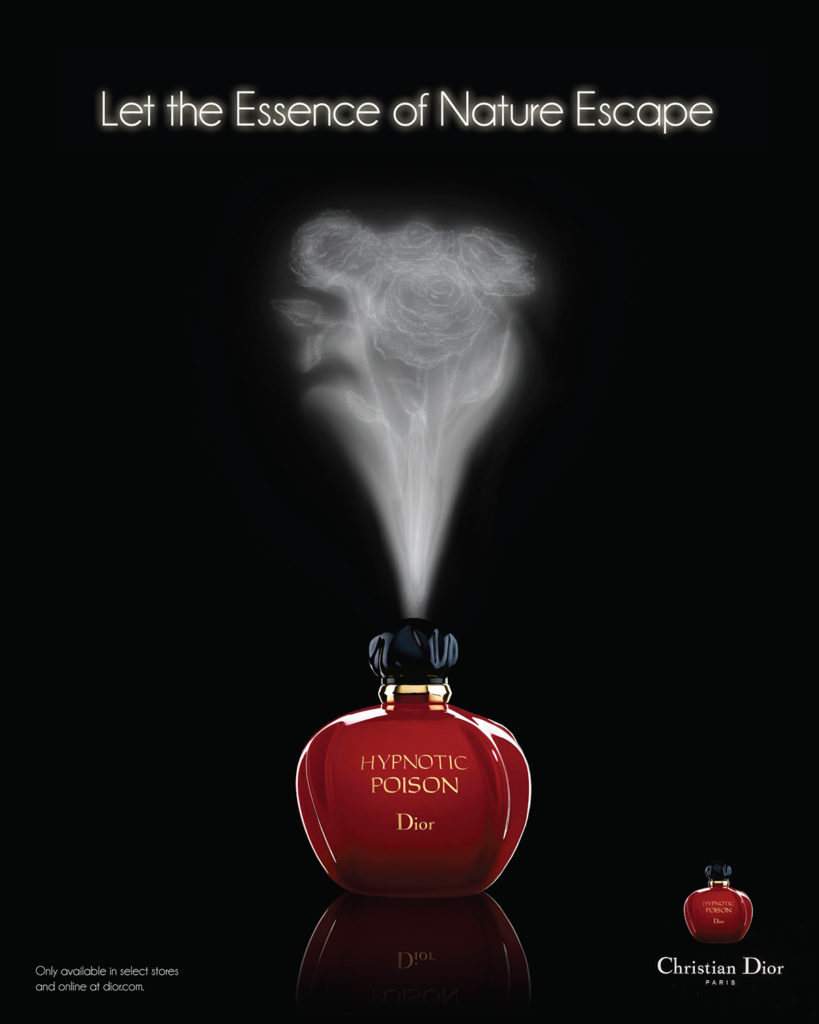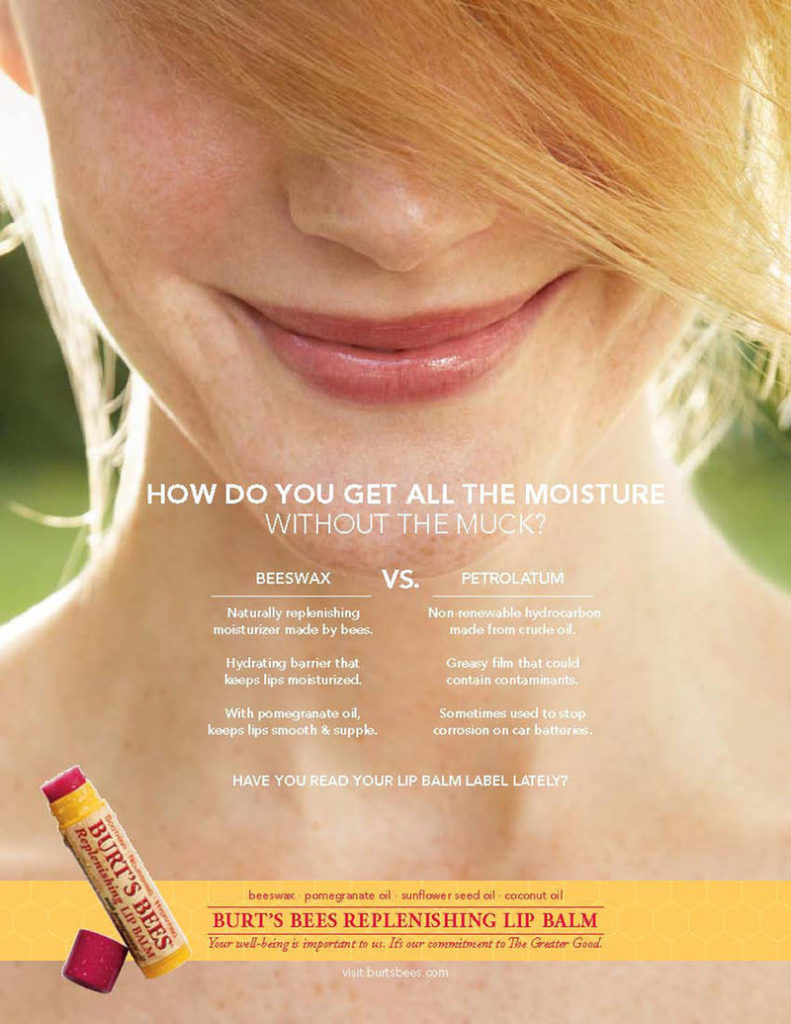In this essay I am going to apply a semiotic analysis to both Tomb Raider and the Metroid’s video games covers, I will argue that the representation female protagonists is radical in comparison to the reactionary representation of a male protagonist.
The cover of Tomb Raider provides a dominant signifier of the main protagonist Lara Croft who is being presented as overly feminine. This corresponds to Laura Mulvey’s theory of the male gaze which is, a feminist view that in almost all forms of media the representation of women is altered to appeal to the average male consumer. However despite being represented as very feminine there is also some radical elements in this front cover, such as the inclusion of guns. This is radical because it shows that the female protagonist can protect herself without the need of a male protagonist, this radical representation also juxtaposes the idea of “The Damsel In Distress” which says that women in media are simply used as plot devices that the male protagonist needs to rescue to satisfy the story. This creates a positive representation of women as, contradictory to most games, Lara Croft does not need to rely of the help of a male protagonist, This also creates a positive impression on the gaming community as a whole because it shows that female protagonists can still be strong and independent without a male protagonist and that it does not impact enjoyment of the game as a whole.
Even though the representation on the front cover of tomb raider may provide a brief break from the normal representation of women it is not without flaws. The main example of this is Lara Crofts clothing the use of skimpy and revealing clothing could be harmful to younger audiences as it provides unrealistic standards for people to aspire to, it may also have been used to appeal to the average male gamer, this would have been done because males take up the majority of the gaming industry in terms of both creation and consumerism therefore appealing to the male audience provides the biggest profit margin. The paradigm of tight clothing ,provocative stance and a seductive facial expression makes up an objectified persona, this reflects upon Laura Mulvey’s notion on the male gaze in that the dominant signifier is designed in such a way that she appears sexualised. In other words the character is designed so that it appears sexual and erotic in order to appeal to the sexual and erotic standards for women in the video game industry. By dressing Lara Croft in this revealing and skin tight clothing the game developers are taking away from the representation of Lara being able to defend herself without the help of a male protagonist. With that you can argue that this is a reactionary representation of women in video games.
In comparison the front cover of Metroid provides dominant signifying image of a robotic suit , presumably the main character, and is presented as masculine even though it is never stated whether or not they are male or not, the protagonist is presented to be muscular and broad which are characteristics that have been universally recognised as masculine. This creates a reaction representation of men in video games this is because the front cover displays a stereotypical representation of a male hero which is presented as strong and powerful so that they can complete their goal which is normally defeating a big evil and saving a damsel in distress. The inclusion of a large gun attached to the robotic suit implies that there will be themes of violence and combat, this further portrays the male character as fearless and a warrior. This juxtaposes the idea that the sexualisation of women is always used as the main selling point of video games, This also avoids the theory of the male gaze as it does not include any sexualisation towards women. The representation on the front cover of Metroid also shows that games can have extreme success without the sexualisation of women on the front cover.
In conclusion, both Metroid and Tomb Raider portray two rather similar representations of their respective gendered protagonists this is because they are both presented as radical due to their either exaggerated features or their stereotypical features, this is not a good theme as it provides unrealistic body standards for both genders and could possibly be harmful to younger peoples mental health.










